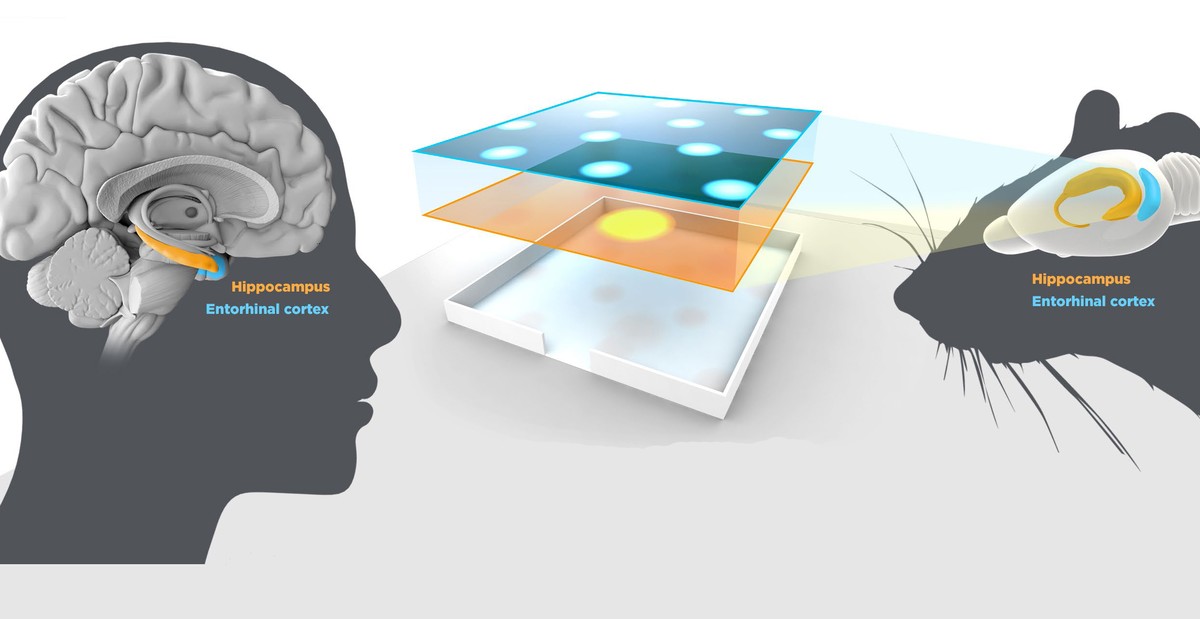Those who have found the brain GPS will receive the Nobel Prize in Medicine
The Karolinska Institute has called this positioning system the GPS of the brain. The first step was taken by John O'Keef in 1971 when he found some basic system cells, place cells. In 2005, May-Britt Moser and Edvard I explained how the system is formed and structured. Moser. The three conducted these research with rats, but have highlighted that recent studies in people show that we also have a similar system.
In fact, in the communication of the prize, the Karolinska Institute has remembered that in the beginnings of Alzheimer's disease damage appears in areas related to GPS and that patients are not able to know and guide the environment. Therefore, they say that knowing GPS is very important to understand the disease.
Brain, mapagile and guide
John O’Keefe began to investigate the brain in the 1960s. While investigating with rats that could move through the desired places in space, he discovered that when rats occupied a certain place, cells were activated. These cells are found in the hippocampus and called them “place cells”. In addition, it showed that these cells were not limited to saving what they saw, but formed and kept the map of the environment.
Three decades later, May-Britt and Edvard Moser studied the brain activity of rats moving in space. And they realized that in addition to the hippocampus, cells were activated in another area. This field, called entorrinala bark, has shown that its cells form networks capable of moving through space.
It is explained that some cells of the entorrinal cortex control the direction of the head and others know the limits of the medium. These specialized cells form networks connected to local hippocampus cells. Thus, among them all, they form a complete positioning system, the GPS of the brain.

According to the carolinsenses, knowledge of brain GPS has meant a paradigm shift, since specialized cells, working together, show their ability to perform complex cognitive functions. They add that it is also useful to understand other cognitive processes such as memory, thinking and elaboration of plans.
It should be noted that marriages May-Britt and Edvard Moser, led by John O'Keefe, began to investigate the brain positioning system. Subsequently, the three have also continued with their award-winning research, as shown by the latest published research. On the way they have received numerous awards and awards, including the Kavli Neuroscience Prize 2014 to O’ Keef for their contributions in cognitive neuroscience.






